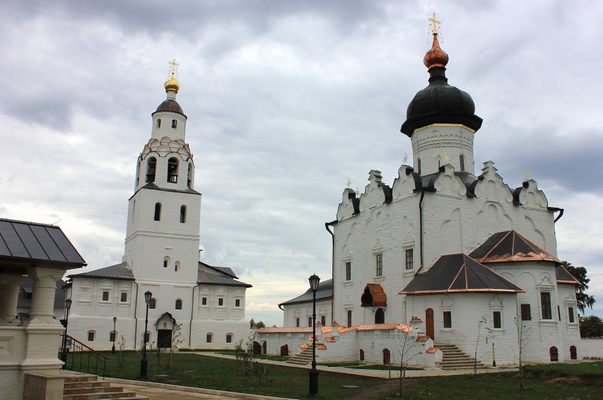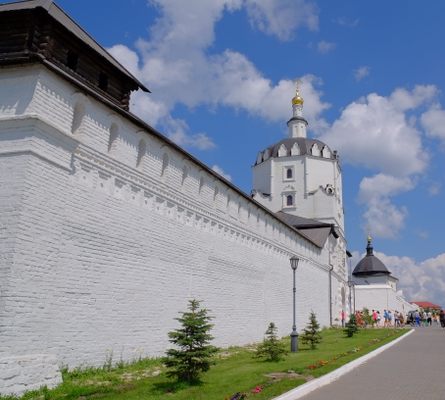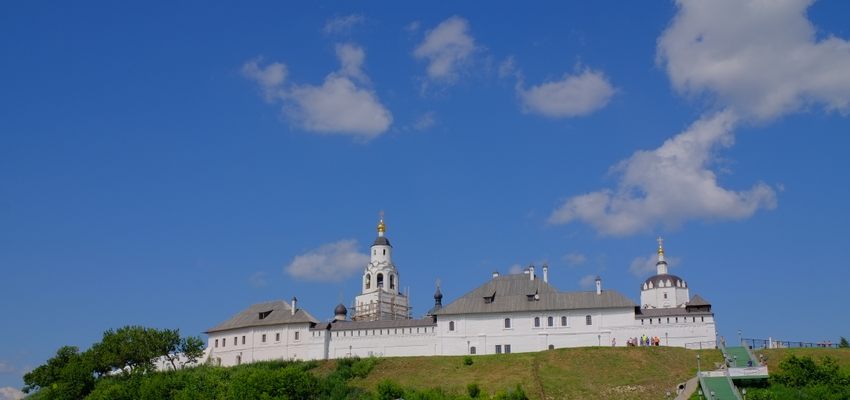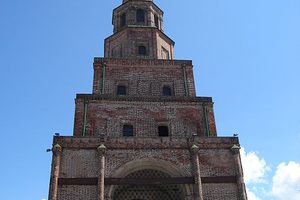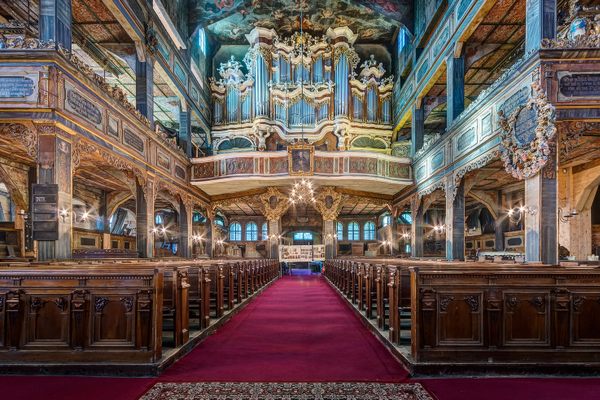About
Sviyazhsk, a rural island at the junction of the Volga, the Sviyaga and the Shchuka Rivers has played a role in the artistic, military, architectural, and religious history of Russia, much of it centered at the Assumption Cathedral and Monastery.
The building, recently added to the UNESCO World Heritage List, was built for the first tzar of all Russia, Ivan IV aka Ivan the Terrible, who founded the town as a military outpost in 1551. He used the island to plan his conquest of Kazan Khanate, quickly building a fortress to serve as his base.
When the tzar captured the region in 1552, Sviyazhsk became less valuable as a military center, and churches and monasteries began to be constructed on the island. The monastery's purpose was twofold, serving both as a missionary and as administrative center for the recently conquered region.
The cathedral, completed in 1560, is a much more ornate affair. With architecture that reflects Moscow's traditional religious construction elements, an 18th-century renovation pairs that tradition with Baroque influences from Western Europe.
There are also many artistic reminders of the town's founder, with scenes from the Old and New Testaments painted on the wall meant to convey the ruler's strength to the people he'd invaded. The cathedral's frescoes are some of the rarest examples of Eastern Orthodox mural paintings.
The building's grounds are rich with history, too, containing social, religious, and artistic artifacts. While the building may have had military roots, its modern life is less about war and conquest than historic preservation; there have been several conservation and restoration projects over the centuries.
Update April 2018: Currently the cathedral is under restoration and the murals can't be seen. It is estimated to be reopened to the public sometime in summer 2018.
Related Tags
Published
December 15, 2017
